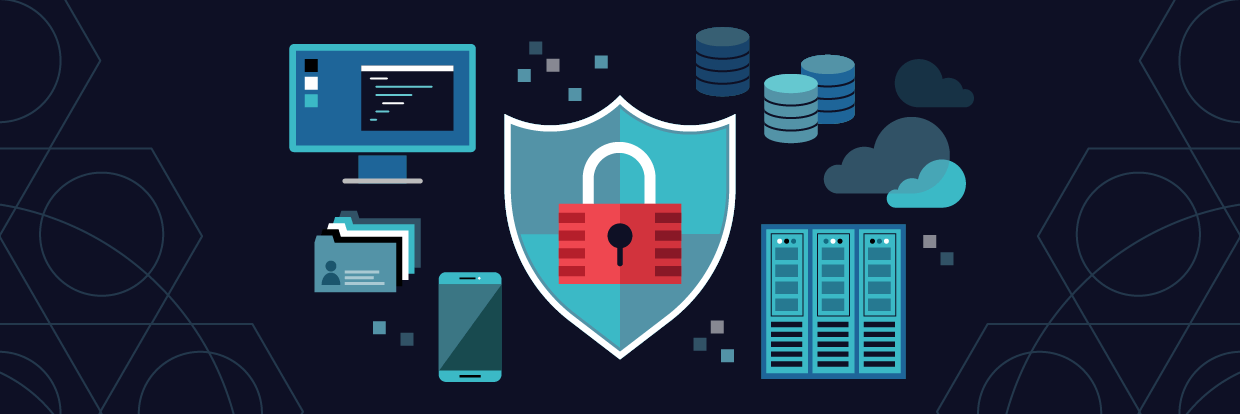
Endpoint Security
Endpoint security refers to the protection of individual devices or endpoints, such as computers, laptops, smartphones, and tablets, from cybersecurity threats. The goal is to secure the endpoint devices, which often serve as entry points for cyber attacks, by implementing a combination of technologies, policies, and practices. Here are key components of endpoint security:
Antivirus and Antimalware Protection:
Deploying antivirus software to detect and remove malicious software, including viruses, worms, and other types of malware.
Regularly updating antivirus signatures to stay current with emerging threats
Endpoint Detection and Response (EDR):
Using EDR solutions to continuously monitor and respond to security incidents on endpoints.
Detecting and mitigating advanced threats, suspicious activities, and anomalous behavior.
Patch Management:
Keeping operating systems and software up-to-date with the latest security patches.
Automating patch deployment to address vulnerabilities and reduce the risk of exploitation.
Mobile Device Management (MDM):
Implementing MDM solutions to secure and manage mobile devices within the organization.
Enforcing security policies, remote wiping capabilities, and app management for mobile devices.
Network Access Control (NAC):
Enforcing access control policies based on the security posture of endpoint devices.
Ensuring that only compliant and properly configured devices can access the network.
Web Security Filtering:
Implementing web filtering to block access to malicious websites and prevent users from accessing harmful content.
Protecting against phishing attempts and drive-by downloads.
Security Awareness Training:
Educating end-users about security best practices, the importance of updating software, recognizing phishing attempts, and adhering to security policies.
Promoting a security-aware culture within the organization.
Compliance Monitoring:
Ensuring that endpoint devices comply with security policies and regulatory requirements.
Conducting regular audits to verify compliance and address non-compliance issues.
Firewalls:
Implementing firewalls to monitor and control incoming and outgoing network traffic based on predetermined security rules.
Configuring firewalls to block unauthorized access and protect against network-based threats.
Device Encryption:
Encrypting data stored on endpoint devices to protect sensitive information from unauthorized access, especially in the case of device theft or loss.
Implementing full-disk encryption or file-level encryption as appropriate.
Endpoint Security Software Suites:
Deploying comprehensive endpoint security solutions that integrate multiple security features, including antivirus, firewalls, device control, and more.
Managing and monitoring security settings centrally.
Application Whitelisting and Blacklisting:
Restricting the execution of only approved applications (whitelisting) and blocking known malicious applications (blacklisting).
Preventing unauthorized or potentially harmful software from running on endpoint devices.
Behavioral Analysis:
Utilizing behavioral analysis techniques to identify and respond to abnormal or suspicious behavior on endpoint devices.
Detecting and blocking activities indicative of malware or insider threats.
USB Device Control:
Managing and controlling the use of USB and other removable storage devices to prevent data exfiltration and the introduction of malware.
Configuring policies to allow or restrict specific device types.
Incident Response Planning:
Developing and implementing incident response plans specific to endpoint security incidents.
Defining procedures for identifying, containing, and mitigating security incidents on individual devices.
Endpoint security is a critical component of overall cybersecurity, especially as organizations embrace remote work and the proliferation of diverse endpoint devices. A holistic and layered approach to endpoint security helps mitigate various threats and vulnerabilities effectively.

